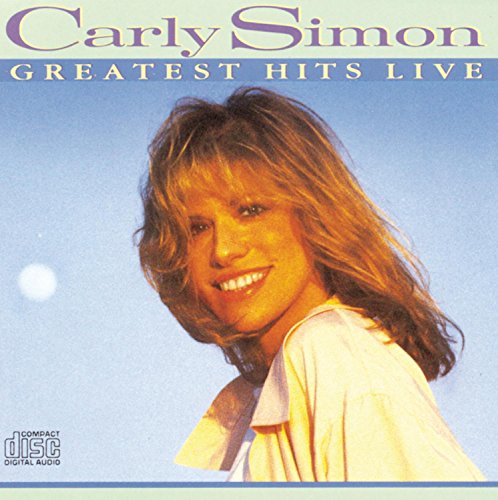
Auto Music Tagger Mac And Other
Edit and convert ID3v1.1, ID3v2.3, ID3v2.4 tags.Gracenote MusicID. 2.3 Update Tags Using Last.fm Tag CloudYou can use the music tag editor for Mac and other OS to generate tags from filenames, tag content fields and other information smartly. Calculates auto rating on the basis of the number of plays per day for selected tracks. ALR virtual tag functions may be even more useful if they are used in grouping header in 'Albums and Tracks' view. See two predefined presets 'LIBRARY TOTALS' and 'LIBRARY AVERAGES' of (not auto) 'Library Reports' command for more examples.
:max_bytes(150000):strip_icc()/ts6main-6a117c117be84a09a3675f94d26a931d.png)
Differences in the title or time will be highlighted. Album tracks are shown in the left side of the list, including track # and length, and the original title, track length, and filename are shown on the right. You can select any result to load it into the bottom part of the window, where MusicBee will attempt to match the tracks you selected against the tracks on the album. If you're not happy with the results, you can adjust any of the search fields at the top of the window (Album Artist, Album, Track on Album, Disc #, and Tracks on Disc) and redo the search with the Find button.That is, they usually collect the ground-truth associations between tag and music in the track level 24, develop a set of track-level auto-taggers.The list of albums found by the search appears just below the search fields.
If an existing value will be altered, there will be a small (!) next to the field, which you can hover over to see the original value. You can choose which to apply by ticking or unticking the box next to each field. You can also manually tweak any of the new filenames by slow double-clicking on it (like editing tags in the main panel).Between the list of albums and the list of tracks are those fields which apply to the whole album.
It is recommended only to use this option on tracks where the artist and track title are unknown."( Default: ticked) Unless you untick this, MusicBee will only fill in fields which are empty it will not overwrite existing tags.( Default: unticked, album & live) Tick this to limit the types of releases that MusicBee will accept when finding tags for your files.Retrieve multiple genres for each track to a maximum of _ genres( Default: unticked, 3) When unticked, one genre will be retrieved. When you first tick the setting, you'll get this message in a pop-up: "Identifying a track from its digital sound signature is NOT 100% accurate. If you want to add the tracks to your library as the tags are saved, also tick Add to Library (if they are already in the library, this option is disabled).The Settings button opens a window where you can untick any particular fields that you don't want MusicBee to try to download.Auto-Tag by Track Identify Track and Update Tags The Identify Track and Update Tags tool works along the same lines as the Auto-Tag by Album tool, but it searches on a track-by-track basis instead of by album, and it updates tags without requiring your input on each one.( Default: All supported fields except artwork and lyrics) Clicking on the button will open the Auto-Tag Fields selector.Identify the track artist and title using the digital sound signature (30 secs/track)( Default: unticked) This setting will use a 30-second sample of the track (its AcoustID) to try to identify it. Clicking on the text "artwork" will open the Artwork Search window as though you had selected "Search Internet for Picture."When you're happy with the changes, click Apply Tags to save the new tags.

Auto Music Tagger How To Break Up
The way MusicBee interprets the template is that any value up to the first "\" in the file path (in other words, the top level folder) is the Album Artist. Just bear in mind that it will always match the first occurrence of the character.For an example, take a look at the image at right. You can use any plain text characters, including spaces, to help MusicBee figure out how to break up the tags. Instead, it attempts to fill in tags based on the folder path and filenames of tracks and a template that you provide. For Custom Tags, you will need to provide your own list of values to be matched.Infer and Update Tags From Filename doesn't use a web service.
So MusicBee takes the value between the second "\" and the first space as the Track#. But notice that there is a space between Track # and Title. Then, there are no more folder levels. Again, all are the same: "Pops Goes Christmas". Next, any value between the first "\" and the second is the album.
Once you have loaded the preview, you have the option to Apply Changes or Start Over. If the current tags match the results of the template, you will not see anything in the Changes column (in the example, the Album Artist value already matches so it is not shown).


 0 kommentar(er)
0 kommentar(er)
